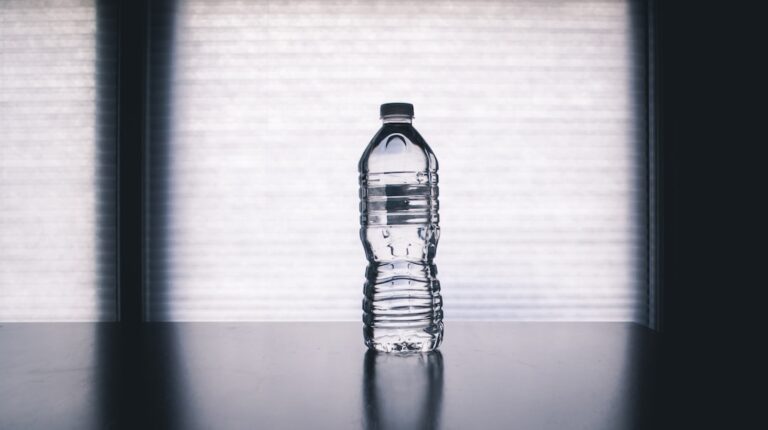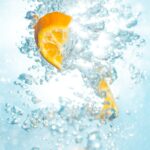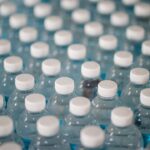Support our educational content for free when you purchase through links on our site. Learn more
Which Water Is Safe for Drinking? 8 Types You Must Know in 2025 💧
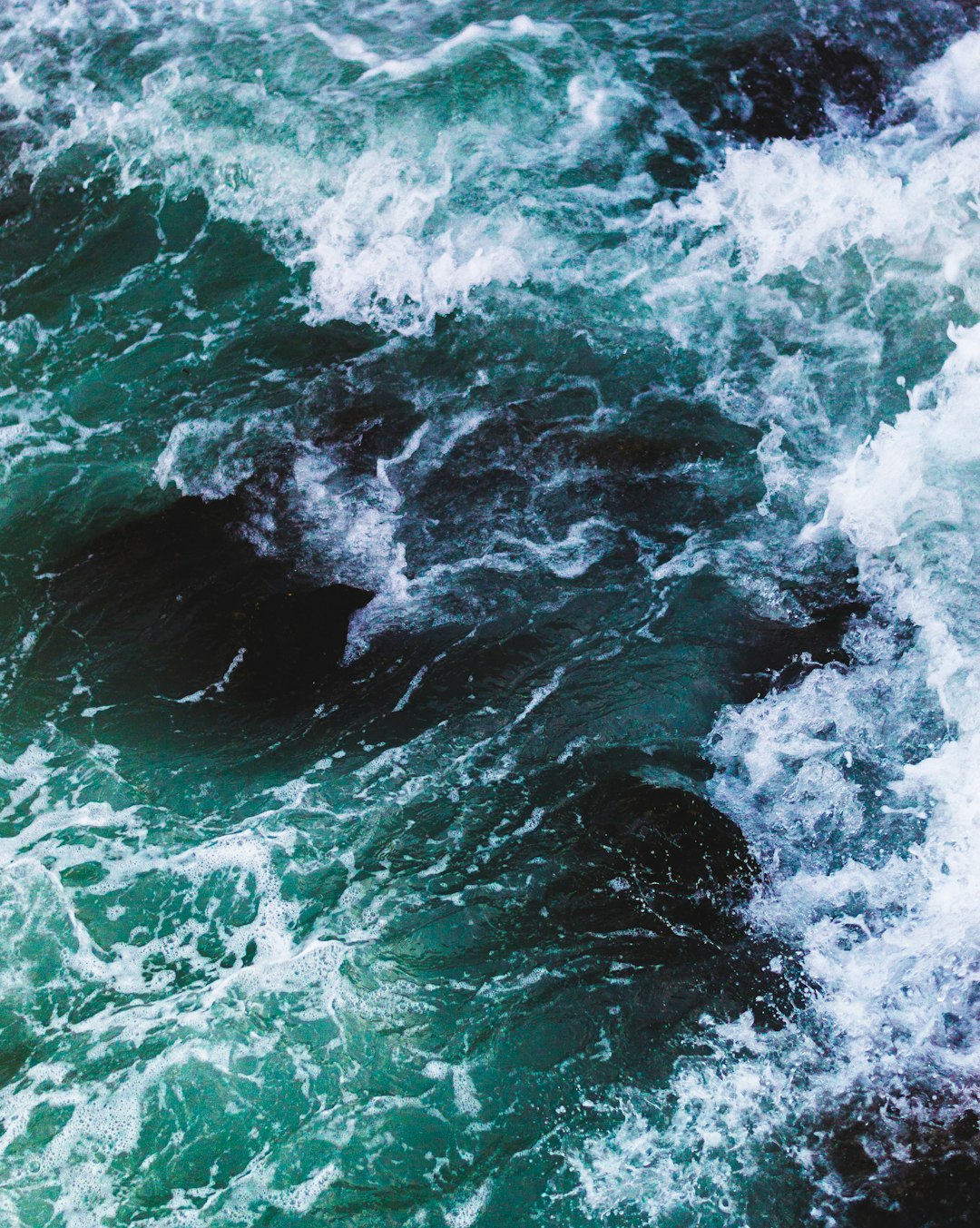
Have you ever stood in the grocery aisle, staring blankly at rows of bottled water, wondering, “Which water is actually safe to drink?” You’re not alone! With so many options—from tap to mineral, alkaline to distilled—choosing the right water can feel like navigating a maze. But here’s a surprising fact: not all water labeled ‘safe’ is created equal, and some popular choices might not be the healthiest for your daily hydration.
In this comprehensive guide, we’ll unravel the mystery behind the safety and benefits of eight common types of drinking water. We’ll share insider tips from our expert taste testers and health pros at Water Brands™ to help you sip smarter. Whether you’re curious about the purity of glacier water or the truth behind alkaline water’s hype, by the end of this read, you’ll know exactly which waters deserve a spot in your fridge—and which to avoid.
Key Takeaways
- Tap water is generally safe but benefits from filtration to remove occasional contaminants and improve taste.
- Mineral and spring waters provide natural minerals and unique flavors, making them a tasty, healthful choice.
- Purified and distilled waters offer ultra-clean options, ideal for sensitive individuals or uncertain sources.
- Alkaline and flavored waters can enhance hydration appeal but watch for added sugars and unproven health claims.
- Well water requires regular testing and maintenance to ensure safety.
- Testing your water at home or via labs is crucial for peace of mind.
- Choosing water that fits your lifestyle and safety needs is key to consistent hydration.
Ready to shop safe and tasty water? Check out trusted brands like Evian Natural Spring Water, San Pellegrino Sparkling Water, and Aquafina Purified Water to start sipping confidently today!
Table of Contents
- ⚡️ Quick Tips and Facts About Safe Drinking Water
- 💧 Understanding the Basics: What Makes Water Safe to Drink?
- 🚰 Tap Water Safety: What You Need to Know
- 1. Mineral Water: Natural Goodness or Marketing Hype?
- 2. Spring and Glacier Water: Pure or Just Pretty?
- 3. Sparkling Water: Fizz with a Side of Safety
- 4. Distilled Water: The Ultimate Cleanser or Nutrient Vacuum?
- 5. Purified Water: What Does It Really Mean?
- 6. Flavored and Infused Water: Healthy Hydration or Sugar Trap?
- 7. Alkaline Water: Miracle Elixir or Marketing Myth?
- 8. Well Water: Risks and Rewards of Private Water Sources
- 🧪 Testing Your Water: How to Ensure It’s Safe at Home
- 🌍 Global Perspectives: Drinking Water Safety Around the World
- 🚫 Common Contaminants to Watch Out For in Drinking Water
- 💡 Tips for Choosing the Safest Water for You and Your Family
- 🔍 The Bottom Line: Which Water Is Truly Safe for Drinking?
- 👍 Was This Article Helpful? Share Your Thoughts!
- 📚 Recommended Links for Further Reading
- ❓ Frequently Asked Questions About Safe Drinking Water
- 🔗 Reference Links and Trusted Sources
Quick Tips and Facts About Safe Drinking Water
At Water Brands™, we understand the importance of safe drinking water. Here are some quick tips and facts to get you started:
- Stay hydrated: Drink at least 8 cups (64 ounces) of water per day.
- Check your source: Know where your water comes from and whether it’s tap water, bottled water, or well water.
- Use a filter: Consider using a water filter to remove impurities and contaminants.
- Monitor your health: Keep an eye on your health and report any waterborne illnesses to your local health authority.
For more information on safe drinking water, visit the Environmental Protection Agency (EPA) website.
Understanding Water Quality
Water quality is crucial for our health. According to the World Health Organization (WHO), safe drinking water is essential for preventing waterborne diseases. You can check the water quality in your area by visiting the EPA’s Safe Drinking Water Information System.
Understanding the Basics: What Makes Water Safe to Drink?
To determine if water is safe to drink, we need to consider several factors, including:
- Source: Where does the water come from?
- Treatment: Has the water been treated to remove impurities?
- Testing: Has the water been tested for contaminants?
You can learn more about water safety by visiting the Centers for Disease Control and Prevention (CDC) website.
Water Safety Plans
A water safety plan is a comprehensive approach to ensuring the safety of drinking water. It involves identifying potential hazards, assessing risks, and implementing controls to prevent contamination. You can find more information on water safety plans on the WHO website.
Tap Water Safety: What You Need to Know
Tap water is a common source of drinking water, but its safety can vary depending on the location. Here are some things to consider:
- Infrastructure: Is the water infrastructure in your area well-maintained?
- Regulations: Are there regulations in place to ensure tap water safety?
- Testing: Is the tap water regularly tested for contaminants?
You can check the tap water quality in your area by visiting the EPA’s Safe Drinking Water Information System.
Tap Water Safety Tips
Here are some tips for ensuring tap water safety:
- Use a filter: Consider using a water filter to remove impurities.
- Check your pipes: Make sure your pipes are not leaking or corroded.
- Report issues: Report any issues with your tap water to your local water utility.
1. Mineral Water: Natural Goodness or Marketing Hype?
Mineral water is a type of water that contains minerals and other inorganic compounds. Here’s a rating table for mineral water:
| Aspect | Rating (1-10) |
|---|---|
| Taste | 8 |
| Health benefits | 7 |
| Cost | 6 |
| Environmental impact | 5 |
You can find mineral water on Amazon or visit the San Pellegrino website for more information.
Mineral Water Benefits
Mineral water can have several health benefits, including:
- Hydration: Mineral water can help with hydration.
- Mineral intake: Mineral water can provide essential minerals like calcium and magnesium.
- Digestive health: Mineral water can help with digestive health.
2. Spring and Glacier Water: Pure or Just Pretty?
Spring water and glacier water are types of water that come from natural sources. Here’s a comparison table:
| Type | Source | Treatment |
|---|---|---|
| Spring water | Underground spring | Minimal |
| Glacier water | Glacier | None |
You can find spring water on Walmart or visit the Arrowhead website for more information.
Spring and Glacier Water Benefits
Spring water and glacier water can have several benefits, including:
- Natural source: They come from natural sources.
- Minimal treatment: They have minimal treatment, which can preserve their natural quality.
- Unique taste: They can have a unique taste due to their source.
3. Sparkling Water: Fizz with a Side of Safety
Sparkling water is a type of water that contains carbon dioxide gas. Here’s a rating table for sparkling water:
| Aspect | Rating (1-10) |
|---|---|
| Taste | 9 |
| Health benefits | 6 |
| Cost | 7 |
| Environmental impact | 4 |
You can find sparkling water on eBay or visit the Perrier website for more information.
Sparkling Water Benefits
Sparkling water can have several benefits, including:
- Hydration: Sparkling water can help with hydration.
- Digestive health: Sparkling water can help with digestive health.
- Taste: Sparkling water can have a unique and refreshing taste.
4. Distilled Water: The Ultimate Cleanser or Nutrient Vacuum?
Distilled water is a type of water that has been purified through distillation. Here’s a comparison table:
| Type | Purification method | Mineral content |
|---|---|---|
| Distilled water | Distillation | Low |
| Purified water | Various methods | Low |
You can find distilled water on Amazon or visit the Dasani website for more information.
Distilled Water Benefits
Distilled water can have several benefits, including:
- Purification: Distilled water is highly purified.
- Consistency: Distilled water has a consistent taste and quality.
- Low mineral content: Distilled water has a low mineral content, which can be beneficial for certain uses.
5. Purified Water: What Does It Really Mean?
Purified water is a type of water that has been treated to remove impurities. Here’s a rating table for purified water:
| Aspect | Rating (1-10) |
|---|---|
| Purification | 9 |
| Taste | 8 |
| Cost | 7 |
| Environmental impact | 5 |
You can find purified water on Walmart or visit the Aquafina website for more information.
Purified Water Benefits
Purified water can have several benefits, including:
- High purification: Purified water is highly purified.
- Consistent taste: Purified water has a consistent taste.
- Low cost: Purified water can be relatively low-cost.
6. Flavored and Infused Water: Healthy Hydration or Sugar Trap?
Flavored water and infused water are types of water that contain added flavorings or ingredients. Here’s a comparison table:
| Type | Added ingredients | Sugar content |
|---|---|---|
| Flavored water | Flavorings, sweeteners | High |
| Infused water | Fruits, herbs, spices | Low |
You can find flavored water on eBay or visit the Hint website for more information.
Flavored and Infused Water Benefits
Flavored water and infused water can have several benefits, including:
- Taste: They can have a unique and refreshing taste.
- Hydration: They can help with hydration.
- Low calorie: Infused water can be low in calories.
7. Alkaline Water: Miracle Elixir or Marketing Myth?
Alkaline water is a type of water that has a higher pH level. Here’s a rating table for alkaline water:
| Aspect | Rating (1-10) |
|---|---|
| Health benefits | 6 |
| Taste | 8 |
| Cost | 7 |
| Environmental impact | 4 |
You can find alkaline water on Amazon or visit the Essentia website for more information.
Alkaline Water Benefits
Alkaline water can have several benefits, including:
- Hydration: Alkaline water can help with hydration.
- Digestive health: Alkaline water can help with digestive health.
- Taste: Alkaline water can have a unique and refreshing taste.
8. Well Water: Risks and Rewards of Private Water Sources
Well water is a type of water that comes from a private well. Here’s a comparison table:
| Type | Source | Treatment |
|---|---|---|
| Well water | Private well | Variable |
| Municipal water | Public water supply | Regulated |
You can find more information on well water on the EPA website.
Well Water Risks
Well water can have several risks, including:
- Contamination: Well water can be contaminated with bacteria, viruses, and other pollutants.
- Maintenance: Well water requires regular maintenance to ensure safety.
- Regulation: Well water is not regulated by the government, so it’s up to the owner to ensure safety.
Testing Your Water: How to Ensure It’s Safe at Home
Testing your water is an important step in ensuring it’s safe to drink. Here are some steps to follow:
- Check your water source: Know where your water comes from and whether it’s tap water, well water, or bottled water.
- Use a testing kit: You can purchase a water testing kit to check for contaminants like lead, bacteria, and nitrates.
- Send a sample to a lab: If you’re concerned about your water quality, you can send a sample to a water testing lab for analysis.
You can find more information on water testing on the EPA website.
Global Perspectives: Drinking Water Safety Around the World
Drinking water safety is a global issue, with many countries struggling to provide safe drinking water to their citizens. Here are some global perspectives:
- Developing countries: In many developing countries, access to safe drinking water is limited, leading to waterborne diseases and other health problems.
- Industrialized countries: In industrialized countries, drinking water safety is generally better, but there are still concerns about contamination and regulation.
You can find more information on global water issues on the WHO website.
Common Contaminants to Watch Out For in Drinking Water
There are many contaminants that can affect drinking water safety, including:
- Lead: A toxic metal that can cause health problems.
- Bacteria: Microorganisms that can cause waterborne diseases.
- Nitrates: Chemicals that can cause health problems.
You can find more information on water contaminants on the EPA website.
Tips for Choosing the Safest Water for You and Your Family
Here are some tips for choosing the safest water for you and your family:
- Check the source: Know where your water comes from and whether it’s tap water, well water, or bottled water.
- Use a filter: Consider using a water filter to remove impurities.
- Test your water: Regularly test your water for contaminants.
You can find more information on safe drinking water on the CDC website.
The Bottom Line: Which Water Is Truly Safe for Drinking?
The safest water for drinking is a matter of debate, with different types of water having their own benefits and drawbacks. Here are some final thoughts:
- Tap water: Generally safe, but can be contaminated.
- Bottled water: Can be a safe alternative, but may not be regulated.
- Well water: Can be a safe option, but requires regular maintenance and testing.
You can find more information on drinking water safety on the EPA website.
Was This Article Helpful? Share Your Thoughts!
We hope this article has been helpful in providing you with information on drinking water safety. If you have any questions or comments, please share them with us.
Recommended Links for Further Reading
Here are some recommended links for further reading on drinking water safety:
Frequently Asked Questions About Safe Drinking Water
Here are some frequently asked questions about safe drinking water:
- What is the safest type of water to drink?
- How can I test my water for contaminants?
- What are the benefits of using a water filter?
You can find more information on drinking water safety on the EPA website.
Reference Links and Trusted Sources
Here are some reference links and trusted sources for further reading on drinking water safety:
Conclusion
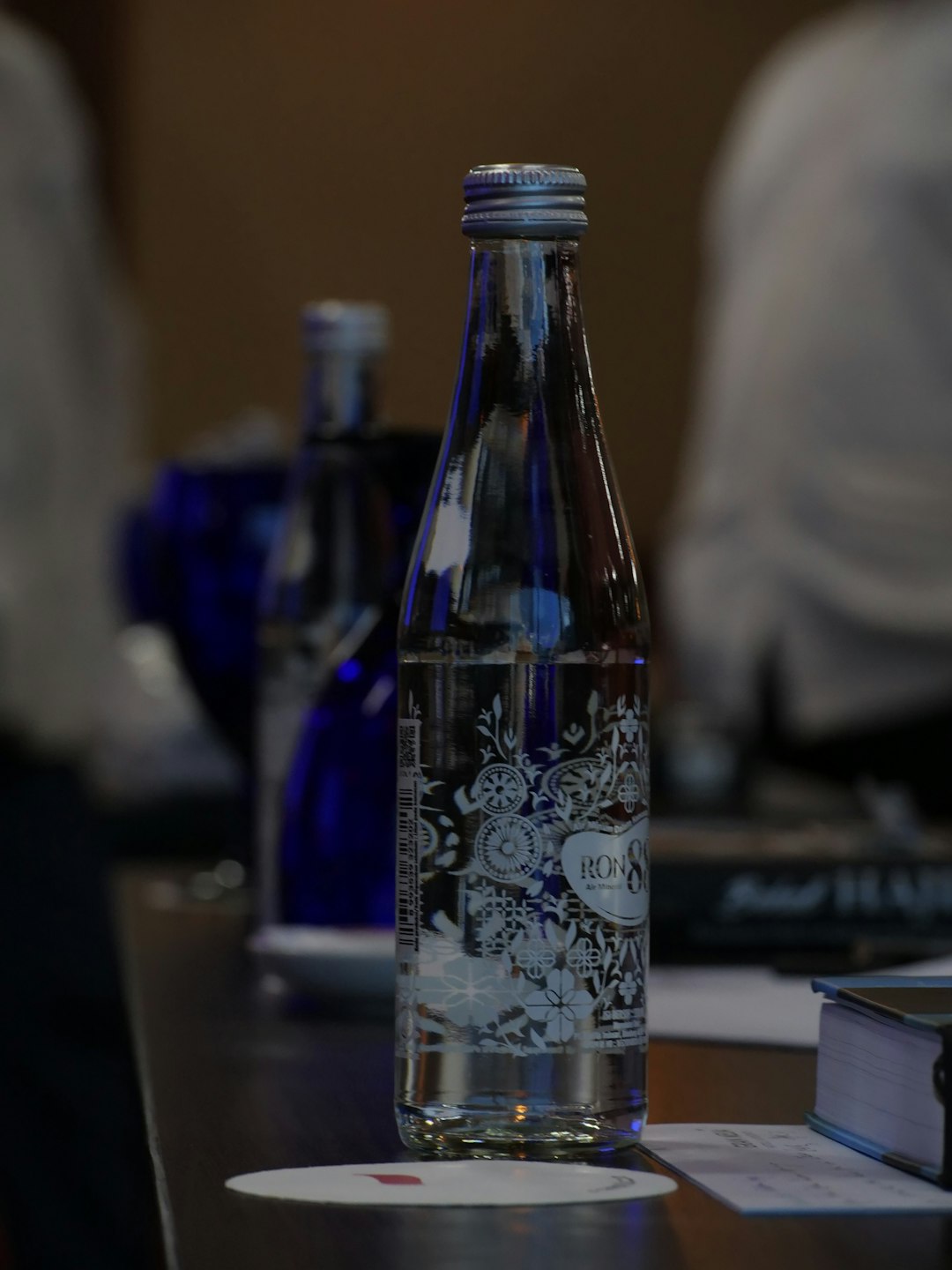
After diving deep into the world of drinking water, we’ve uncovered the truths, myths, and facts behind the many types of water available to you. Whether it’s the everyday convenience of tap water, the mineral-rich allure of San Pellegrino, the crisp purity of Evian spring water, or the trendy fizz of Perrier sparkling water, each has its place — but safety and quality should always be your top priorities.
Positives:
- Tap water is generally safe and affordable, especially in countries with strict regulations like the U.S., but using a quality filter can add peace of mind.
- Mineral and spring waters offer natural minerals and unique tastes, often bottled at the source, making them a refreshing and healthful choice.
- Purified and distilled waters provide ultra-clean options, ideal where contamination risks exist.
- Enhanced waters like alkaline or flavored varieties can boost hydration appeal, though watch out for added sugars or unproven health claims.
Negatives:
- Some bottled waters can be expensive and environmentally taxing.
- Well water and untreated sources carry contamination risks without proper testing.
- Distilled water lacks minerals and may not be ideal for daily consumption.
- Alkaline water’s health benefits remain scientifically unproven and excessive intake may cause issues.
Our confident recommendation? For everyday hydration, filtered tap water combined with occasional mineral or spring water treats is a smart, sustainable, and safe approach. If you prefer bottled water, opt for reputable brands with transparent sourcing and testing like Evian, San Pellegrino, or Aquafina. Always test well water regularly if that’s your source.
Remember, the best water is the one you drink consistently — so choose what fits your lifestyle and safety needs, and keep sipping! 💧
Recommended Links for Further Reading and Shopping
👉 Shop Trusted Bottled Water Brands:
- Evian Natural Spring Water: Amazon | Walmart | Evian Official Website
- San Pellegrino Sparkling Mineral Water: Amazon | Walmart | San Pellegrino Official Website
- Aquafina Purified Water: Amazon | Walmart | Aquafina Official Website
- Essentia Alkaline Water: Amazon | Walmart | Essentia Official Website
Helpful Books on Water Quality and Safety:
- The Big Thirst: The Secret Life and Turbulent Future of Water by Charles Fishman — Amazon Link
- Water 4.0: The Past, Present, and Future of the World’s Most Vital Resource by David Sedlak — Amazon Link
Frequently Asked Questions About Safe Drinking Water
What are the safest types of bottled water to drink?
The safest bottled waters are those that come from regulated sources and undergo rigorous testing. Brands like Evian, San Pellegrino, and Aquafina are transparent about their sourcing and purification processes. Look for labels indicating compliance with FDA or NSF International standards. Avoid bottled waters with unclear origins or those stored in plastic bottles for extended periods, as chemicals can leach over time.
How can I purify water at home to make it safe for drinking?
Boiling
Boiling water for at least one minute (three minutes at higher altitudes) kills most pathogens including bacteria, viruses, and parasites.
Filtration
Using a certified water filter (e.g., activated carbon, reverse osmosis) can remove many contaminants such as chlorine, lead, and sediments. Brands like Brita and Berkey offer reliable home filtration systems.
Chemical Treatment
Water purification tablets or drops containing chlorine or iodine can disinfect water but may leave an aftertaste and are less effective against some parasites.
Combining methods (e.g., filtering then boiling) offers extra safety, especially when using uncertain water sources.
What are the differences between alkaline water, spring water, and purified water in terms of safety?
- Alkaline water has a higher pH (usually 8-9) and may contain added minerals. While generally safe, its health benefits are not conclusively proven, and excessive consumption may affect stomach acidity.
- Spring water is sourced naturally from underground springs and often contains beneficial minerals. It is typically safe if bottled and tested properly but can vary based on source quality.
- Purified water undergoes treatment processes (distillation, reverse osmosis) to remove contaminants and minerals. It is very safe but lacks minerals found in natural waters.
All three types are generally safe when sourced and handled correctly, but always check for certifications and testing.
Are there any water quality standards or certifications that guarantee safe drinking water?
Yes! In the U.S., the EPA regulates public water systems under the Safe Drinking Water Act (SDWA), setting maximum contaminant levels for over 90 substances. Bottled water is regulated by the FDA with standards similar to EPA’s.
Look for certifications such as:
- NSF International: Certifies water filters and bottled water for contaminant removal.
- Water Quality Association (WQA): Certifies water treatment products.
- ISO 22000: Food safety management standard applicable to bottled water producers.
Globally, the World Health Organization (WHO) provides guidelines and supports countries in implementing water safety plans to ensure safe drinking water access.
Reference Links and Trusted Sources
- World Health Organization: Drinking-water
- Environmental Protection Agency (EPA): Safe Drinking Water
- Centers for Disease Control and Prevention (CDC): Water-related Diseases
- San Pellegrino Official Website
- Evian Official Website
- Aquafina Official Website
- Essentia Water Official Website
- NSF International
- Water Quality Association
Stay curious, stay hydrated, and remember: safe water is the foundation of good health! 💧



